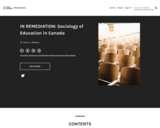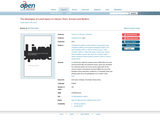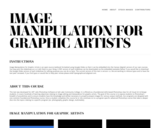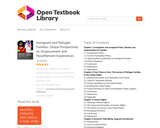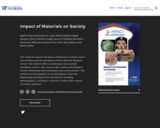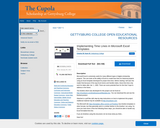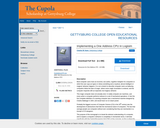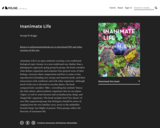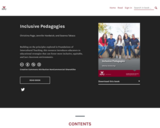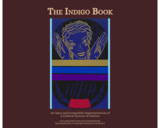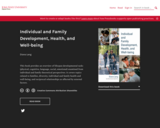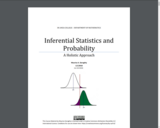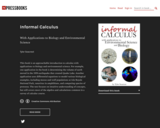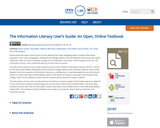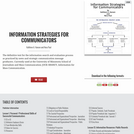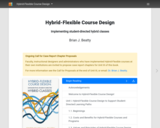
This volume provides readers with methods, case stories, and strategies related to Hybrid-Flexible (HyFlex) course design so that they may make decisions about using it themselves and even begin their own HyFlex course (re)design. More specifically, based on the needs identified for their course(s), readers will be able to a) determine if and how HyFlex course design could help them solve critical needs, b) take advantage of emerging opportunities to improve their education practice, enabling them to better serve more students, c) gain an awareness of the HyFlex design, d) find their own innovative HyFlex solution to their specific challenges, and e) begin the HyFlex implementation process using strategies similar to those used by instructors described in this book. The volume describes the fundamental principles of HyFlex design, explains a process for design and development, and discusses implementation factors that instructors have experienced in various higher education institutions. These factors include the drivers, the variations in implementation approaches and constraints, and the results (e.g., student scores, student satisfaction). A series of worksheets provides specific guidance that can be used by individuals or teams engaging in HyFlex design projects at their own institution. Case reports from institutions and faculty who have successfully implemented HyFlex-style courses provide a rich set of real-world stories to draw insights for a reader’s own design setting.
